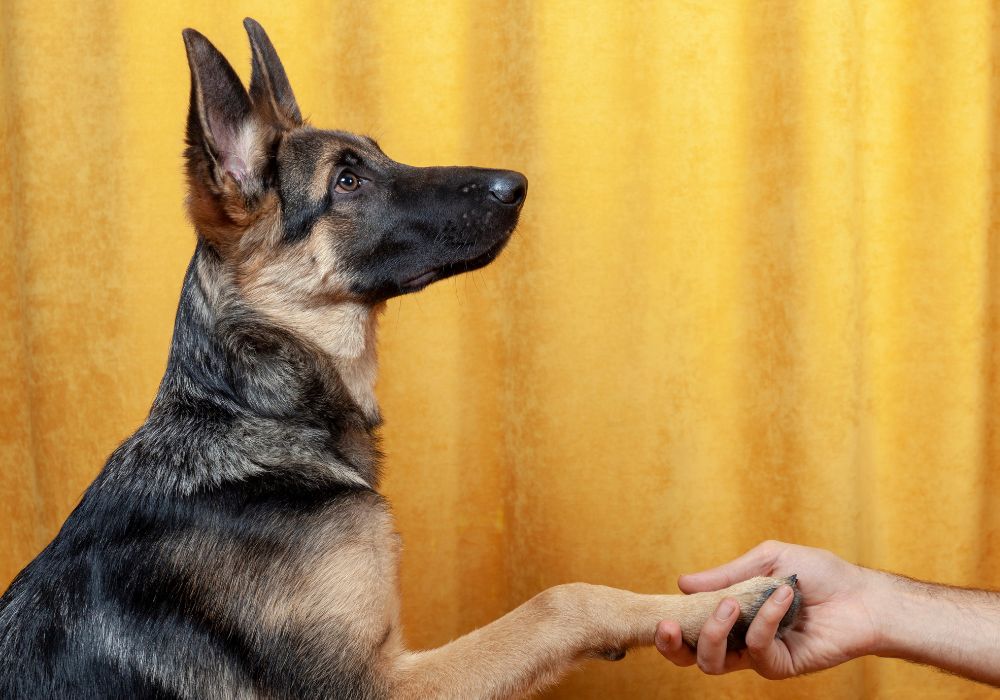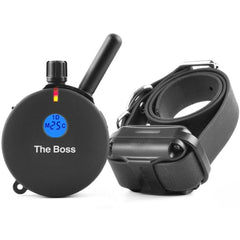10 Dog Training Hacks for Every Pet Owner

Nobody ever said raising a dog was simple. Your time and energy will be spent teaching your beloved dogs how to act and act correctly. All dogs are special. Each dog will react to training uniquely.
Whether or not you intend to compete in events like dog shows, your dog must learn basic skills, from leash walking to being comfortable around strangers. As your dog acquires new skills, they also develop their personality traits. Training also strengthens your bond as pet and pet owner.
There are countless tips available that can help make dog training a lot easier. But what training method is best for your dog? Why should you choose one over the other? What dog training tools should you use? Do you even need to?
To help answer your training questions, here’s a list of the top training tips from professional trainers. These dog training hacks will help make training sessions much easier.
Tip #1: Use treats wisely.
Make good use of treats. Lower-value treats, such as kibble, are better used to reward behavior your dog already understands. Use higher-value treats to motivate them to learn new behavior. The reward should be equivalent to the complexity of the task.

Tip #2: Make it brief.
Make your training brief as well as enjoyable! Maintain two or three training sessions daily, each lasting no more than 15 minutes. Stop if you find yourself becoming frustrated. Training should be enjoyable for both you and your dog.

Tip #3: Be patient.
Learning takes time. Puppies, being young, are highly susceptible to goof-ups. That is perfectly fine and normal. When this happens, don't be too frustrated. Remember that your dog needs time. Punishing them will only cause stress. It may make them fearful of making mistakes. Concentrate on having positive interactions and setting realistic goals.

Tip #4: Proof it up.
Proofing is the practice of teaching your dog over a wide range of environments. It is usually recommended that commands be introduced and solidified at home. Once your dog has mastered a command, gradually increase the complexity by testing it in a new environment or with unfamiliar stimuli. Regardless of the time of day, your dog should eventually be able to sit, stay, or come.

Tip#5: Be genuinely happy.
Dogs are emphatic. They can be very sensitive to one’s body's verbal cues. If you don't appear to be interested in the training session or your energy level is low, they will know and end up mimicking you. If you seem unhappy or irritated to be there, your dog will notice.

Tip #6: Training before eating.
There are numerous reasons why you should work on new commands with your dog before they eat. To begin with, a hungry dog is more willing to comply because they desire the food you're trying to offer as a reward. Second, remember that training treats contribute to your dog's daily calorie intake. Your dog could easily consume far more calories through training treats than they need. If you train before their meal, you can use a portion of their meal kibble as a training reward.

Tip #7: Use specific verbal cues.
Be specific with your words so that your dog fully understands what you're trying to ask of him. Saying "come!" when you want your dog to return to you from being outdoors or find his way to the kitchen for dinner may seem logical initially. However, after the training, your dog may no longer refer to a general term as frequently. Instead, when it's time to eat, use words like "inside" or "dinner." Similarly, be specific and say "walk" instead of "outside."

Tip #8: Be a keen observer.
Take note of how your dog acts and what they’re telling you needs to be done. You may notice your pet has different ways to convey their thirst, their need to potty, or when they want to cuddle. Paying attention lets you meet those needs better. This is the same in dog training. Being a keen observer helps you communicate better with your pet, making training easier and more efficient.

Tip #9: Consistency is key.
Consistency is essential when it comes to raising a dog. You must adhere to the same rules, reactions, and procedures. This will aid your dog in learning how and where to start behaving and answering back. Consistent behavioral patterns also tell you what to expect from your pet and vice versa.

Tip #10: Go leash-free.
Using an e-collar is one of the more effective ways to communicate with your dog. An e collar also lets your dog go off-leash. These devices, also called remote training collars, remote trainers, or shock collars, allow you to communicate commands more effectively without trying to increase your effort.
With an e-collar, your dog will receive feedback from you much more quickly and clearly.
If you've been considering getting an e-collar for your dog, here are some of PetsTEK's top picks:
1. Micro Educator ME 300 Remote Training Collar by E-Collar Technologies

The ME-300 Micro Educator remote training e collar has 20% less stimulation than bigger Educator collars. It's 20% smaller and 20% lighter than the popular Mini Educator ET-300 system, making it one of the best shock collars for small dogs.
It has 100 levels of static stimulation and a patented "Lock and Set" safety feature.
2. Dogtra 2300NCP Remote Training Collar

Dogtra shock collars are some of the best in the market. This model is no exception.
The Dogtra 2300NCP is suitable for advanced-level pet training. This is recommended for medium to large-size dogs weighing 35 lbs and up. It's also proven to work on dogs with mild to stubborn temperaments. Intensity level adjustment is controlled by the rheostat dial and shown on a clear LCD.
3. The Boss ET-800 Remote Training Collar by E-Collar Technologies

The Boss ET-800 e-collar provides effective correction for dogs weighing 20 pounds or more. It comes with a 1" Biothane collar that is waterproof, easy to clean, looks great, and comfortable. The stopwatch-style remote transmitter also has strategically placed buttons for easy, no-look operation.
4. Dogtra 1900S Wetlands Remote Training E-Collar

The Dogtra 1900S Wetlands features an olive-green transmitter and a camouflage pattern collar strap. This remote trainer is rated IPX9K waterproof and can handle extreme water pressure, heat, and cold. The receiver fits around your dog's neck seamlessly and comfortably.
5. Dogtra ARC Handsfree Plus Remote Training Collar

The ARC Handsfree Plus expandable training system allows users to add up to 14 SQUARES to control their dog remotely. Each square can be paired to different functions, allowing many users to access any feature quickly. The system also offers 127 Nick/Constant stimulation levels for precise control and a Pager vibration.
Dog training can be a tiring experience. During training, your dog is learning about you as much as you're learning about him. So, make sure you do it well and use the right tools to make it enjoyable and rewarding for both of you.
-
Posted in
Dog Training, Pet Training, Remote Training Collar, Training Tips
